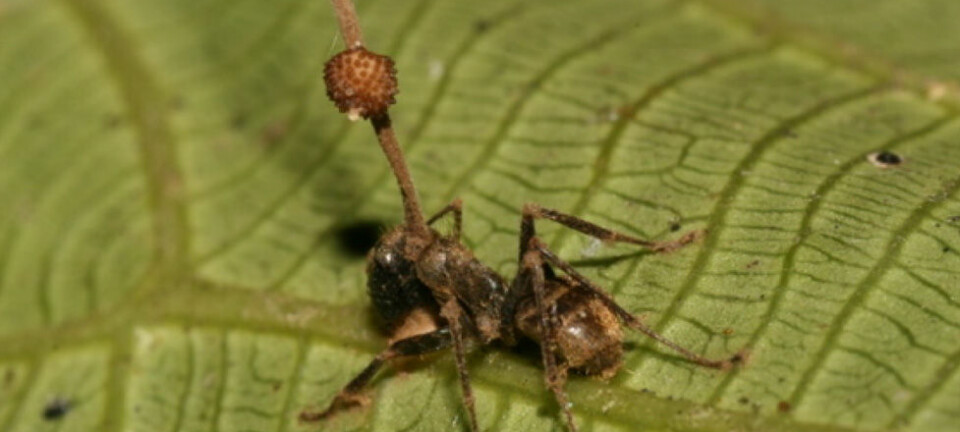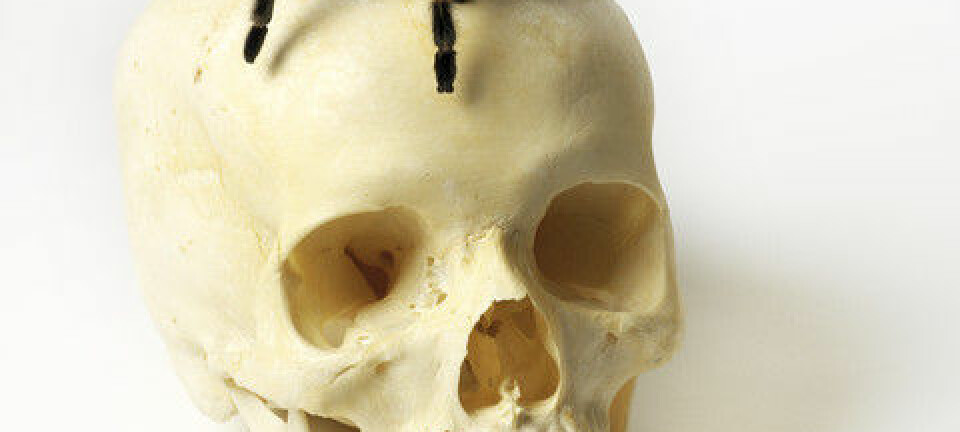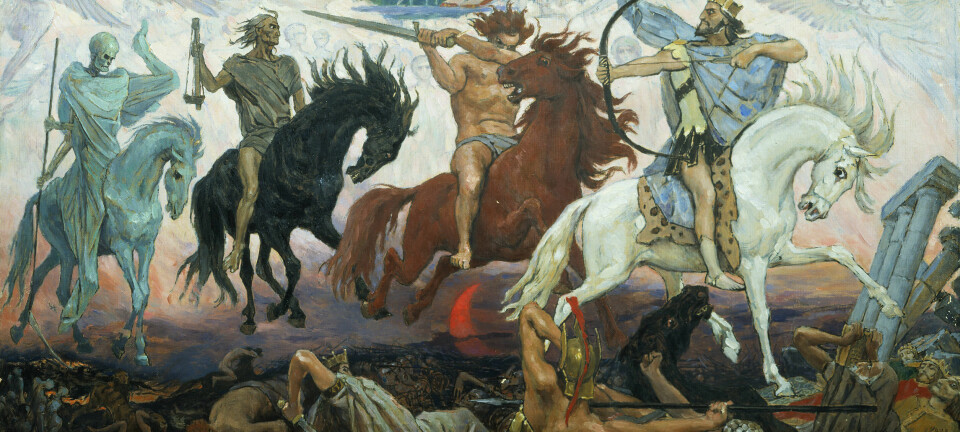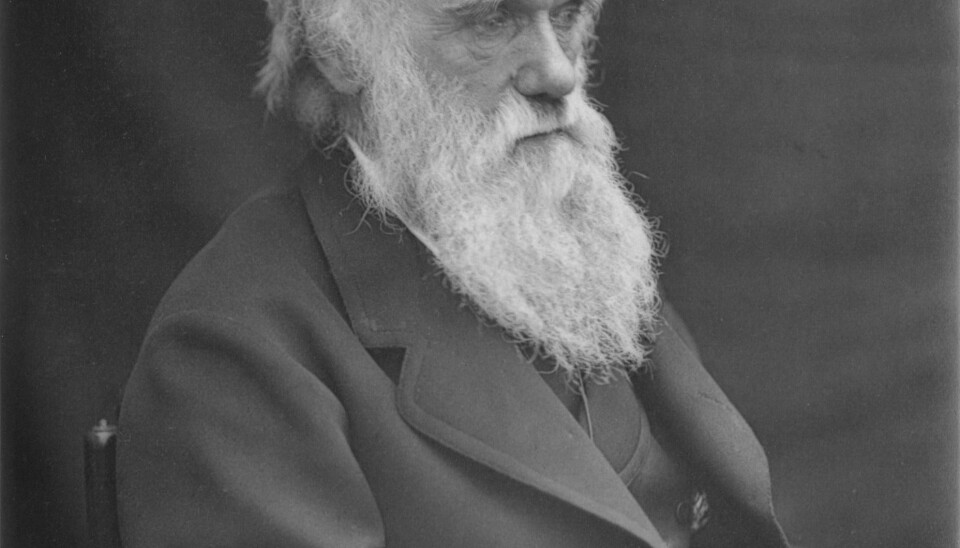
Your DNA loves horror movies
When we watch a scary movie, we’re training our ability to cope with critical situations. This explains our natural attraction to horror, says researcher.
The little girl sits in bed looking like a dissolved corpse. She scowls at the priest with her yellow eyes.
”Your mother's in here with us, Karras. Would you like to leave a message? I'll see that she gets it,” she says in a deep and disturbing voice.
Suddenly she opens her mouth and a thick squirt of green slime hits the priest’s face.
As you may have guessed by now, this is a famous scene from the classic horror movie The Exorcist.
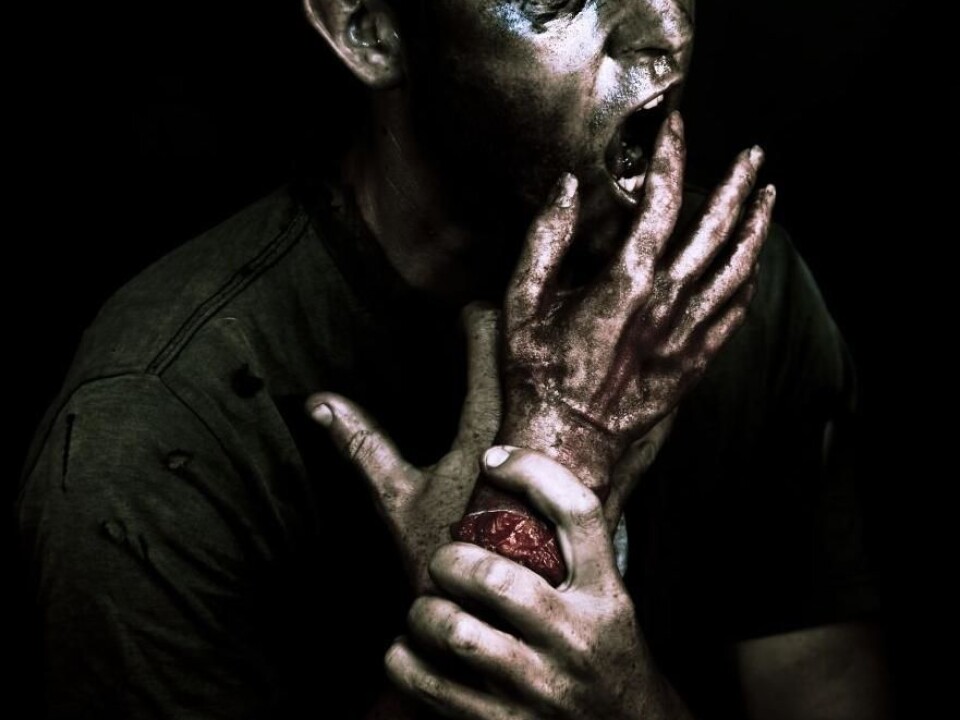
It may seem a bit odd that something this horrible and disgusting can achieve the popularity that it has. But a Danish researcher now claims to have come up with an explanation to this mystery: the desire for a good thrill lies in our DNA.
“When our ancestors lived as hunter-gatherers in the East African savannah, it was important that they were prepared for possible attacks by predators and vermin,” says Mathias Clasen, who has just defended his PhD thesis on horror at the Department of Aesthetics and Communication – English, Aarhus University.
“They had to train their reactions to stressful situations, and the desire to do so became stored in their DNA – which we still carry today. When we watch a horror movie, we’re satisfying that desire. We’re training our danger preparedness.”
Evolution taught us to fear zombies
As the first researcher ever, Clasen has conducted an in-depth study of how our fascination with horror may be linked to human evolution.
We use fiction as an ‘emotional simulator’ to broaden our horizons. Horror fiction exercises our reactions to what’s terrible and frightening.
Mathias Clasen
He thinks it’s obvious that our fascination with horror is genetic in some way or other. We know that most of our genes are still adapted for a hunter-gatherer lifestyle like the one our distant ancestors lived. It was a life filled with threats and danger.
For many, many thousands of years our ancestors lived on the savannah, where caution was the key to survival. For instance, being disgusted by rotten, disease-causing meat is a safety reflex. And if these people wanted to avoid being eaten, they had to fear lions and other sharp-toothed animals.
As a consequence, according to Clasen’s theory, the fear of rottenness and sharp teeth has become part of our genetic material. This is why we are now scared of vampires with pointy teeth and zombies with rotting carcasses.
Horror teaches us to deal with our fears
Today, we’re unlikely to run into a ferocious lion on our way to the supermarket, yet deep within our DNA we still have a need to prepare ourselves for a fatal lion attack.
When we watch a horror film or read a scary book, we’re acting out this desire to exercise our fear response.
“It’s actually just like other mammals’ young, who fight for fun because it makes evolutionary sense later on in life when they will need to fight to the death,” says Clasen.
“We use fiction as an ‘emotional simulator’ to broaden our horizons. Horror fiction exercises our reactions to what’s terrible and frightening.”
Culture not entirely irrelevant
So far, Clasen has based his research on other scientists’ studies of brain evolution.
He has analysed numerous horror movies and books in an effort to find the horror elements that according to the brain researchers make our biology go crazy, an example of which would be our natural fear of creepy-crawlies like spiders.
For most of the 20th century, researchers automatically assumed that it's our culture – our parents and society – that teaches us what we should be afraid of.
This assumption has now undergone some adjustments. But not everything in horror fiction is dependent on our biological impulses.
"Of course there is also a cultural aspect to our understanding of horror. It is, for example, necessary to understand the language in which Dracula is written. And a film like The Exorcist was made at a special time when some specific problems were debated," he says.
In The Exorcist, from 1973, a little girl is possessed by a demon that makes her change personality. The girl ends up behaving so strangely that her real-life mother can no longer recognise her.
The film is indirectly about the generation gap that existed between parents and their children in the early 1970s.
"The mother loses grip on her daughter, and that’s a parable on other things that occurred in society. In order to understand this, we need to know about Western culture in the ´70s,” says the researcher.
Everyone is scared of creepy girls
Nevertheless, biology plays a very important role in outright horror. If a Dane, a Greenlander, an American and a native of New Guinea all watched The Exorcist, it’s far from certain that they would understand all the cultural nuances in the relationship between the mother and the daughter.
"But I’m sure they would all be frightened by a little girl who looks creepy, spins her head 360 degrees and spews out pea soup. That’s not culturally determined. Rather, it’s determined by our biology," says Clasen.
Ongoing research
The next step in Clasen’s research will consist of designing his own experiments.
“I would, for instance, like to see if the brains of people from different cultures react uniformly to the same scene in a horror movie. If they do, that would support my theory.”
--------------------------------
Read this article in Danish at videnskab.dk
Translated by: Dann Vinther
